By Brianna Lyman

The wage gap is a divisive issue that has become one of the most heated topics in the last few years. Also referred to as the “equal work, equal pay” movement, the fight to end the women’s wage gap has gained considerable momentum, generating movements across the country as men and women fight to end the “80 cents to a dollar” paycheck.
I concur completely with those who fight to end such a gap. However, it is impossible to remain silent in the wake of a movement with a plethora of inconsistencies The analysis of wage gap statistics must not be misleading, no matter how catchy the slogan is.
The most important — and most overlooked — component of the gender wage gap movement is where these numbers are derived from. Despite the belief that in any given career a woman is bound to make 20 cents less than her male counterpart, the truth remains that in many careers, women are making the exact same hourly paycheck as their male co-worker.
According to The Washington Post, “….economists at the Federal Reserve Bank of St. Louis surveyed economic literature and concluded that research suggests that the actual gender wage gap (when female workers are compared with male workers who have similar characteristics) is much lower than the raw wage gap.”
That being said, how do we come to the conclusion that there is a 20 cent discrepancy between men and women? The Census Bureau is responsible for computing the difference in earnings of men and women and then distributing that information as they see fit.
Simply put, the “wage gap” is a “ratio of the difference between women’s median earnings and men’s median earnings,” which is how we come to the conclusion of an approximate 20 cent wage gap.
However, the Census Bureau fails to differentiate between job type and the number of working hours and job tenure. Logically, when comparing the earnings of a female high school teacher to a male lawyer, of course the median earnings of the lawyer will be much greater than that of the teacher.
In general, women work fewer hours than men over the course of a year, so the statistics that the White House, as well as other organizations, use when fighting for the Paycheck Fairness Act are less reliable when taking the factors above into consideration.
Annual wages do not factor in the types of jobs being compared to each another, working hours and most importantly, which types of benefits given with said job.
When factored in, this may actually show that some workers earn more given the fact that insurance plans, amongst other things, are benefits of a job that would otherwise have to be paid for out of pocket.
Another key factor to look at is that highest earning jobs are predominantly filled by men, as shown by a Georgetown University survey, while jobs that tend to pay less are typically filled by women.
Also, women who marry and have children typically take unpaid time off of work or cut back their hours to care for their kids, further widening the difference between their median earnings to those of men.
Still, I will not dispute that there is a wage gap. However, the wage gap is dramatically smaller than that of what the media propagates. Many Americans do not have the time, nor the resources, to fact check news. Because of this, many Americans remain in the dark on from where statistics are derived.
It is important for both our media and our politicians to be honest with us.
Former President Barack Obama received criticism in regards to wage gap comments made at his State of the Union address, as well as during his 2012 campaign.
In order to show a more accurate “wage gap,” we must look at weekly earnings while also making sure we are comparing the same jobs.
It is also important for activists groups to make sure that they are not spreading a statistic on little factual standing, something done all too much in recent years.
Despite it all, we will eventually come to the day when the wage gap is obsolete, but we may only do so after making sure we know and understand all the given information.
Brianna Lyman, FCRH ’20, is an international political economy major from Dobbs Ferry, New York.









































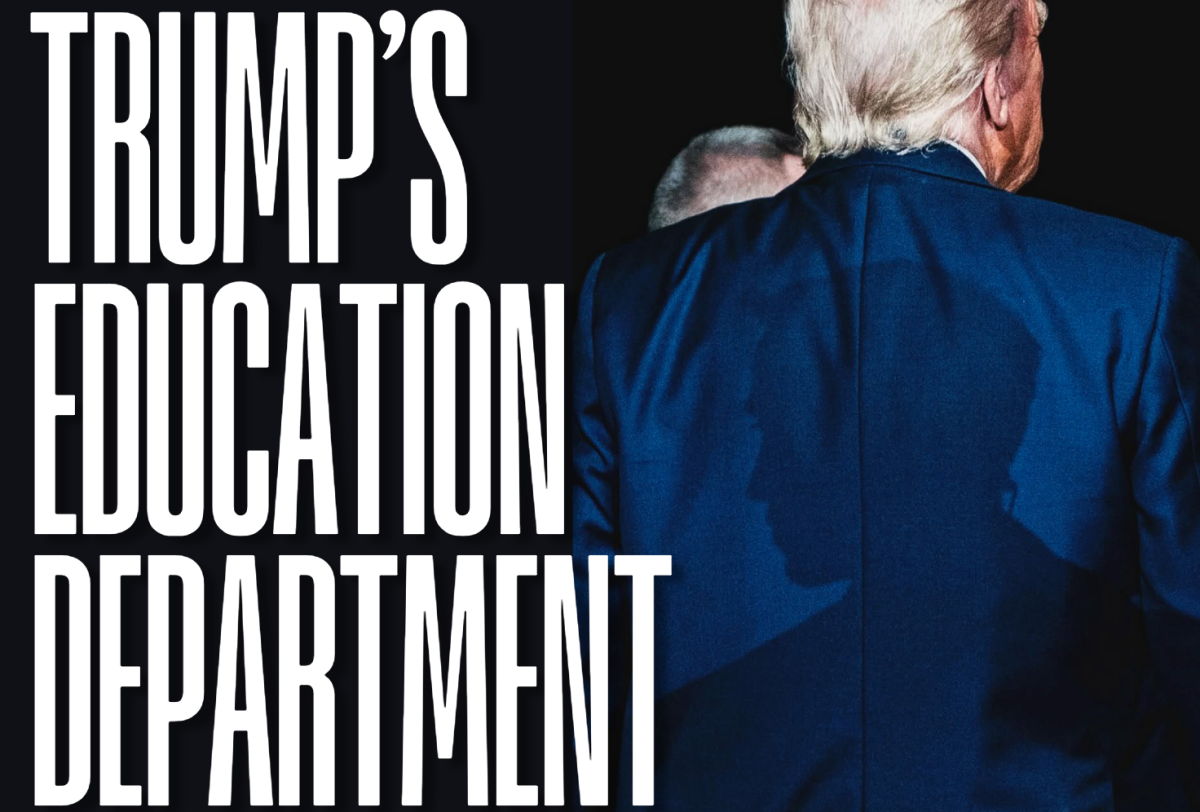
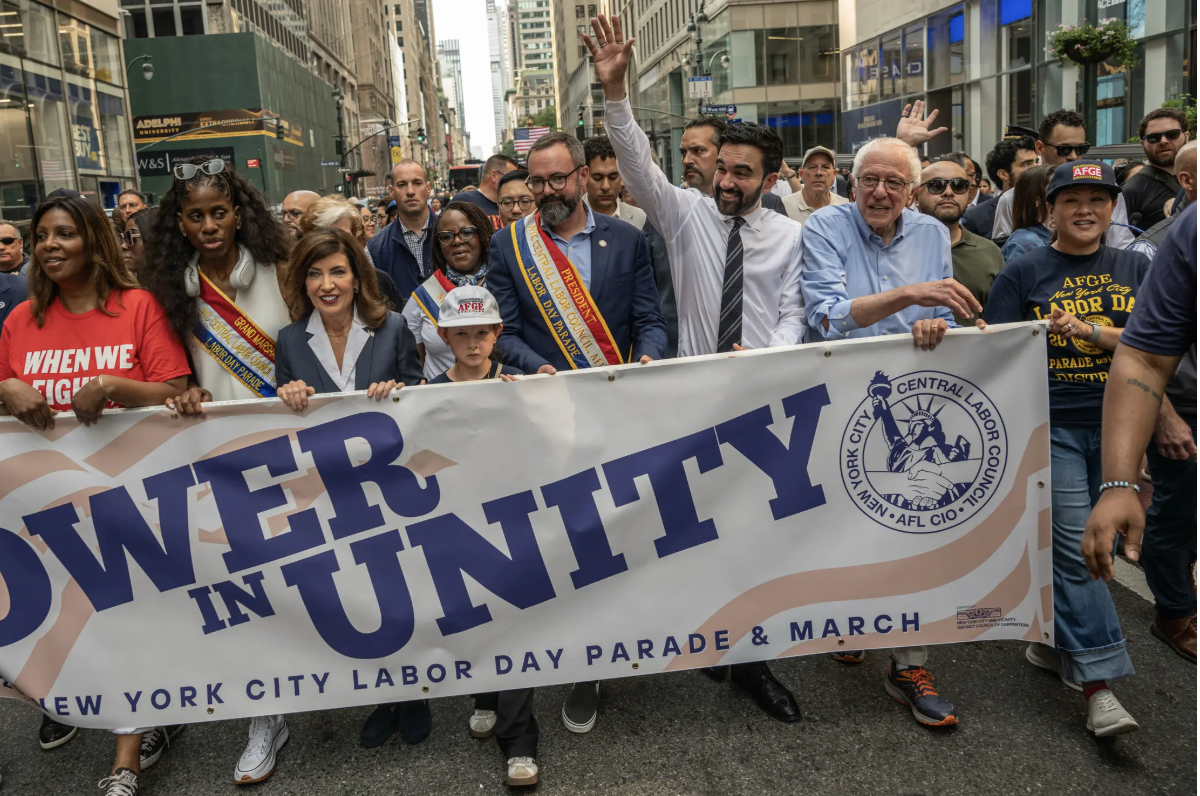































































































































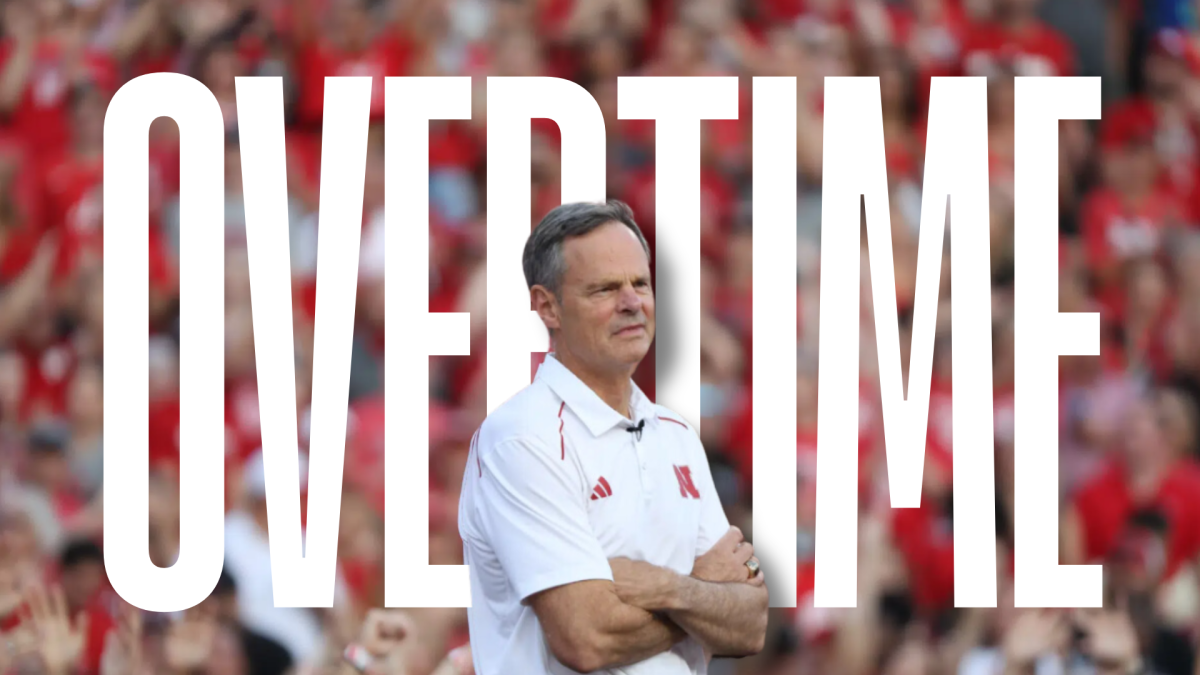



























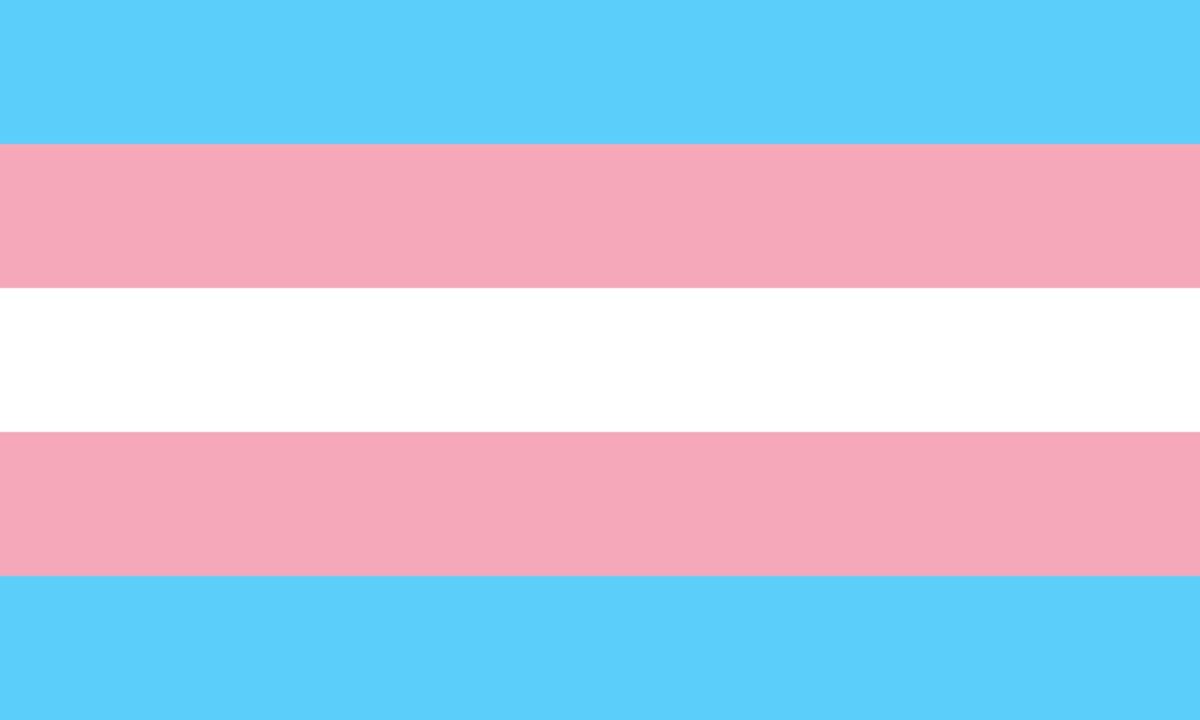
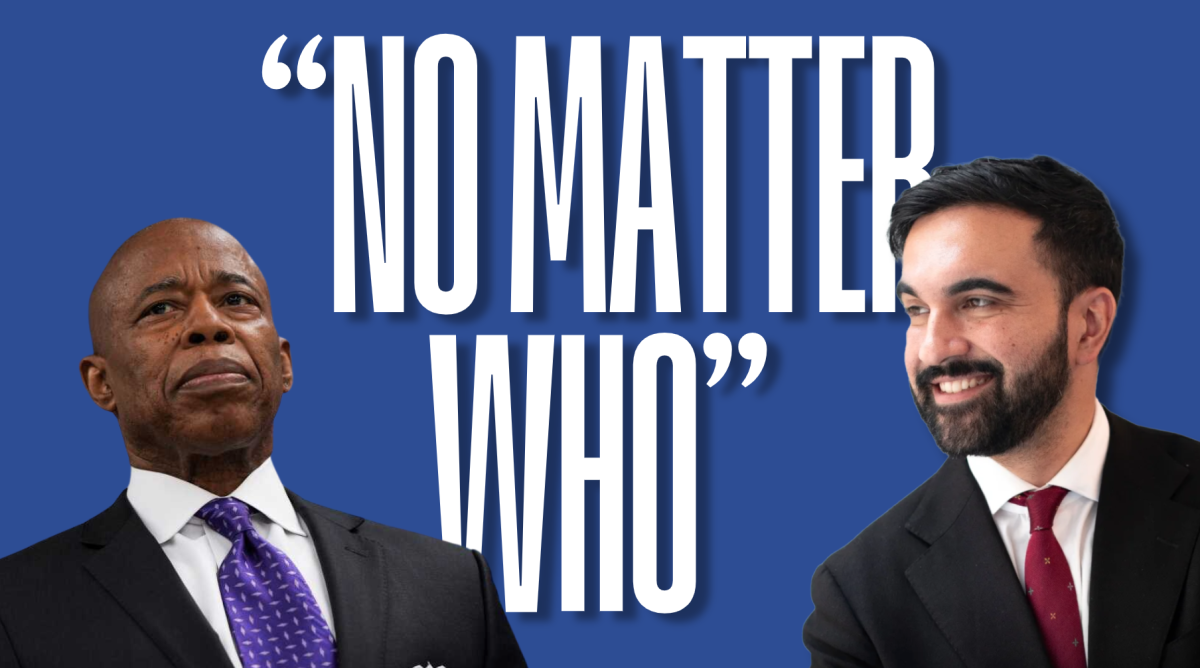

Kelly • Jan 27, 2017 at 9:50 pm
Okay, you can’t write an article saying the wage gap is exaggerated and not provide actual data that supports this claim. I understand you’re argument that people need to check the facts presented to them, I agree. However, you haven’t been able to find concrete statistics that disprove the publicized size of the gap to support your claims of inconsistency only reasons this inconsistency may exist.
Also: “Conspiracy: The Gender Wage Gap” is an inappropriate title given you acknowledge the existence of the gap in you article. Conspiracies are a plan to do something harmful or unlawful. The only unlawful action discussed is the existence of the wage gap in the first place. In the evidence you’ve presented you’ve merely emphasized why the fight for gender equality in the workplace is so necessary. Women should not have to take unpaid time off more often than male counter parts to care for families. Nor should men so often surpass women for high paying jobs that this disparity affects national data statistics. This is why we need family planning services and paid maternity and paternity leave. No matter how large or small the wage gap is, we need to close it and eliminate the reasons it exists.
Ben Arisen (@BrightLeaf88) • Jan 26, 2017 at 9:33 pm
Shame this article still needs to be written in 2017.